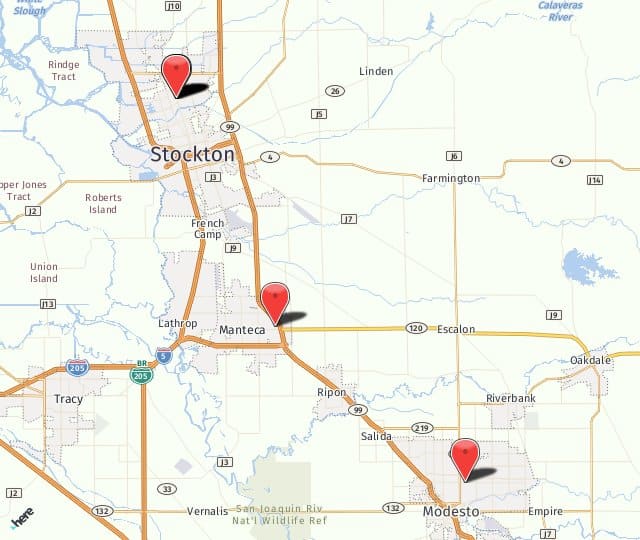Eyelid Tumors

When was the last time you checked your eyelids?
Eyelid tumors are more common than you think. While most of these tumors and lesions are benign, involving the sweat glands, oil glands, eyelash follicles, and skin elements, some eyelid tumors are malignant and need to be removed. The most common malignant eyelid tumor is the basal cell carcinoma form of skin cancer.
The team at Central Valley Eye Medical Group can successfully remove these tumors and maintain proper function of the patient’s eyelid.
What are the most common types of eyelid cancer?
Think about it — our eyelids are exposed to the sun just about all the time, and we usually don’t put sunscreen on them to avoid getting it in our eyes. So, it shouldn’t be surprising that they develop skin cancer. In fact, around 90 percent of all eyelid cancers are basal cell carcinoma skin cancer. Fortunately, eyelid cancer is generally categorized as epithelial tumors, meaning they are on the outer surface of the eyelid.
- Basal cell carcinomasare located under the squamous cells in the lower epidermis. Basal cells make up 80 percent of all skin cancers. They usually appear on the lower eyelid.
- Squamous cell carcinomascan also form on the eyelids. They form on the top layer of the epidermis, the squamous cells. Far less common, this form of skin cancer grows more aggressively to nearby tissues.
- Sebaceous carcinomais not a skin cancer, but this is the second most common cancer of the eyelids. It usually starts in the meibomian glands that secrete a fatty fluid that lubricates the eyes. Sebaceous carcinoma usually occurs on the upper eyelid.
Surgical options to remove eyelid tumors
At Central Valley Eye Medical Group, we can remove most eyelid tumors, although for more complex surgeries we may opt to send you to a specialist. Generally, there are three surgical options when removing eyelid tumors, whether cancerous or benign. These surgeries are usually immediately followed by reconstructive surgery to maintain eyelid function and aesthetic appearance.
- Biopsy— When a tumor is biopsied to find out if it is cancerous, it can be either incisional (taking part of the tumor) or excisional (taking the entire tumor). If the growth turns out to be benign, excisional biopsy may be all that’s needed.
- Mohs surgery— Mohs surgery is used whenever possible due to the delicate characteristics of the eyelids. When using Mohs surgery, our surgeons remove the visible eyelid tumor, along with fragments of the healthy skin at the tumor edge. This edge tissue is then immediately examined under a microscope to see if still contains any cancer cells. If cancer cells are still present, an additional ring of tissue is removed until cancerous cells no longer are present.
- Cryosurgery— While this isn’t surgery involving a scalpel, cryosurgery can be an effective method of removing tumors without removing additional tissue. Cryosurgery uses liquid nitrogen to freeze and kill cancer cells. The frozen cells and skin blister and peel off.
If you wonder about a growth on your eyelid, please make an appointment and come see us at Central Valley Eye Medical Group. Call for an appointment, (800) 244-9907.
Posted in: Orbital Tumors and Cancer

